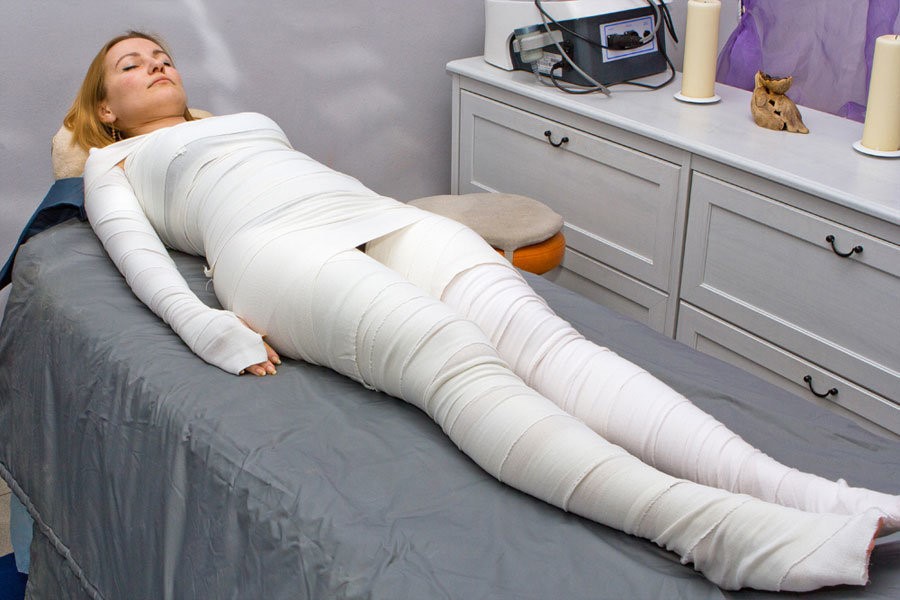Who Weight Loss Wrapping Works For: A Comprehensive Guide

Understanding Weight Loss Wrapping
Weight loss wrapping, also known as body wrapping, has gained popularity as a potential method to assist in weight loss and body sculpting. This technique involves wrapping certain parts of the body with materials like plastic or specialized wraps. While it’s important to approach this method with realistic expectations, there are certain situations and considerations where weight loss wrapping can be more effective.
Who Can Benefit from Weight Loss Wrapping
- Those Seeking Temporary Inch Loss
Weight loss wrapping can provide temporary reductions in measurements, making it appealing to individuals who have a special event or occasion and want to achieve a slimmer appearance quickly.
- Individuals Committed to a Healthy Lifestyle
While weight loss wrapping isn’t a replacement for a healthy diet and regular exercise, it can complement the efforts of those who are already dedicated to maintaining a healthy lifestyle.
- People Managing Water Retention
Water retention can contribute to bloating and a heavier appearance. Weight loss wrapping, through its potential to encourage sweating, may help individuals who are dealing with mild water retention.
- Fitness Enthusiasts
For those engaged in fitness routines, weight loss wrapping can offer a temporary boost in confidence by enhancing muscle definition and reducing the appearance of water weight.
- Individuals with Realistic Expectations
It’s crucial to approach weight loss wrapping with reasonable expectations. This method is unlikely to lead to significant and permanent weight loss. However, those who understand its temporary nature can find value in its aesthetic benefits.
Who Should Approach Weight Loss Wrapping with Caution
- Individuals with Medical Conditions
People with medical conditions like cardiovascular issues, skin sensitivities, or diabetes should consult a healthcare professional before attempting weight loss wrapping, as it may have adverse effects.
- Pregnant Women
Pregnant women should avoid weight loss wrapping due to potential risks and discomfort. It’s essential to prioritize the health of both the mother and the baby.
- Those Seeking Long-Term Weight Loss Solutions
Weight loss wrapping is not a sustainable method for long-term weight loss. Individuals looking for permanent results should focus on adopting a balanced diet and regular exercise routine.
- Individuals with Allergies or Skin Sensitivities
The materials used in weight loss wrapping may cause skin reactions in people with allergies or sensitivities. A patch test is advisable before attempting a full wrap.
- People with Unrealistic Expectations
It’s important to recognize that weight loss wrapping offers temporary cosmetic benefits. Individuals expecting drastic or lasting changes may be disappointed.
Conclusion
Weight loss wrapping can be a valuable tool for certain individuals seeking temporary aesthetic improvements or a confidence boost. However, it’s not a substitute for a healthy lifestyle and should be approached with realistic expectations. Consulting a healthcare professional before trying this method is essential, especially for those with medical conditions. Always prioritize your well-being and make informed decisions based on your individual circumstances.

